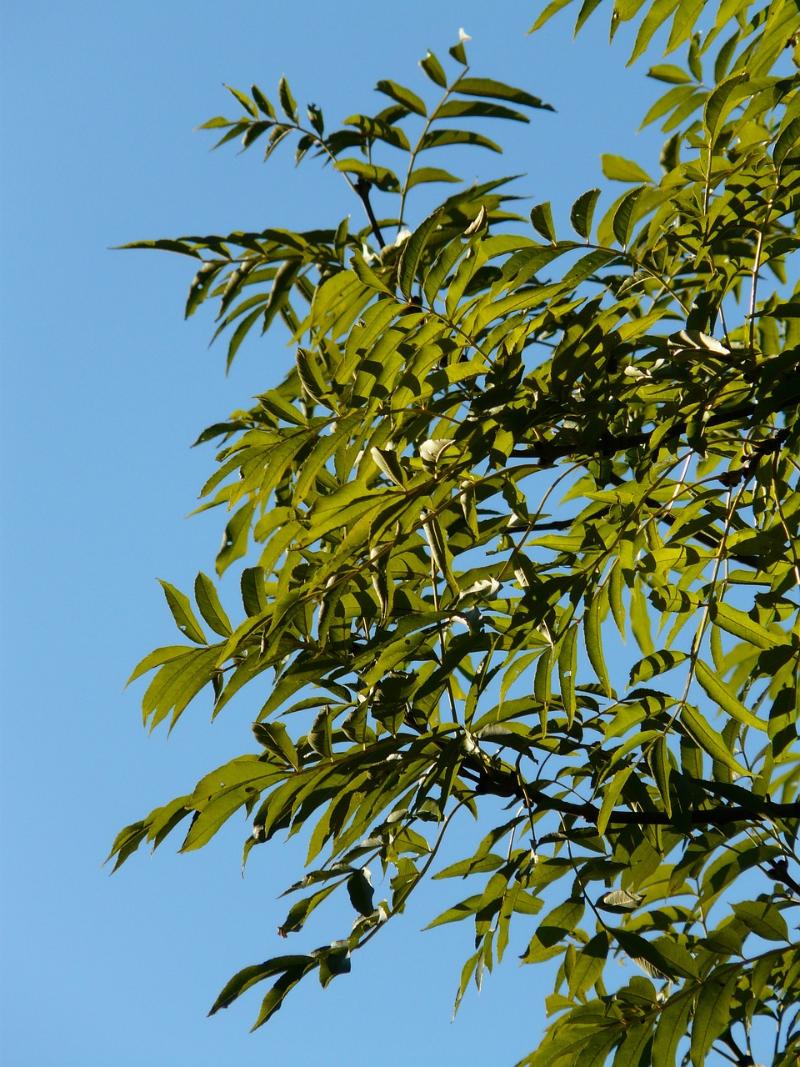
Management of ash trees in light of ash dieback disease
Having officially been established in the UK for over a decade (and unofficially for as long as 2 decades) Ash dieback is now widespread in the UK landscape. With many Ash specimens now displaying symptoms of advanced dieback, a new document seeks to make landowners and those responsible for managing trees aware of the need to review their practices to ensure the continued safety of workers and third parties.
Whilst official records cite 2012 as the year when ash dieback became established in the UK, more recent analysis suggests trees may have become infected as early as 2004.
Interactive maps hosted by the Forestry Commission suggest the disease has now spread to most corners of the UK. Whilst a minority of trees (estimates suggest between 1% and 5%) have a genetic tolerance to ash dieback, for the remainder of specimens there is no known cure, and most will eventually succumb either to the direct effects of the ash dieback or secondary infection.
The symptoms displayed by infected trees vary according to a myriad of factors including age of tree, location, density, climate and ground cover. Whilst research based on disease spread in France suggests trees growing in hedges or open areas may be less susceptible to the disease than those within woodlands, the disease is now present throughout the UK on individual and groups of specimens on highway verges and amenity areas including parks, gardens and public open spaces.
Although some infected trees show minimal symptoms, others may now be reaching a stage where they pose a hazard – either to operatives during routine maintenance or to third parties.
A document previously released by The Tree Council in June 2020, titled Ash Dieback Disease: A guide for tree owners, drew attention to management of trees with the disease.
Part of the guidance including assessing the crown health of ash trees by placing them in 1 of 4 categories, with the aim of identifying which specimens need attention. Thanks to the knowledge and experience held by members of the wider industry, a document has been created which shares further, more detailed information useful to those either specifying tree works, assessing competency of staff undertaking works or performing works on trees.
The new document, written by Euroforest, shares notes and best practice to be used when planning works on trees within the categories first highlighted by The Tree Council. This guidance includes suggested approaches to maintaining trees in each of the 4 categories, together with equipment.
The document also highlights four general hazards associated with diseased ash trees:
• Deadwood ‘shakeout’- material falling from above when trees are jolted
• Lack of structural integrity – stem and branch wood breaking unpredictably
• Lack of fibre strength at the hinge – unpredictable hinge-wood holding strength
• Secondary infection (resulting in reduced rooting and loss of stability) – additional risks brought about other pathogens such as Armillaria species (honey fungus) and Innonotus hispidus (Shaggy Bracket)
The document, titled Reducing Risk Exposure In Ash Management – A Safer Alternative, was written by Euroforest and is freely downloadable using the link in the Further reading section, below.
Further reading
Euroforest: Reducing risk exposure in ash management
The Tree Council:Ash Dieback Disease: A guide for tree owners

